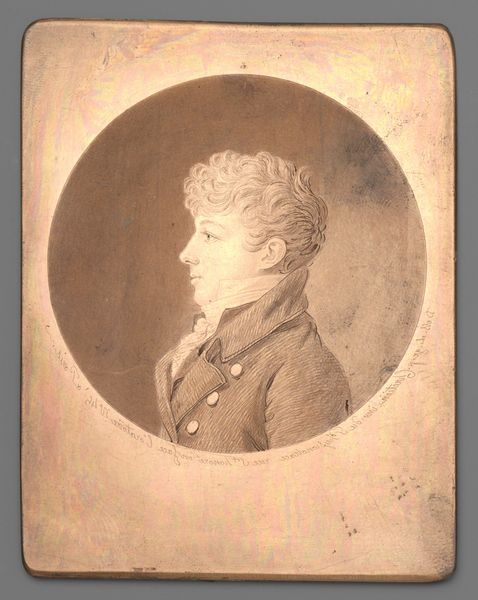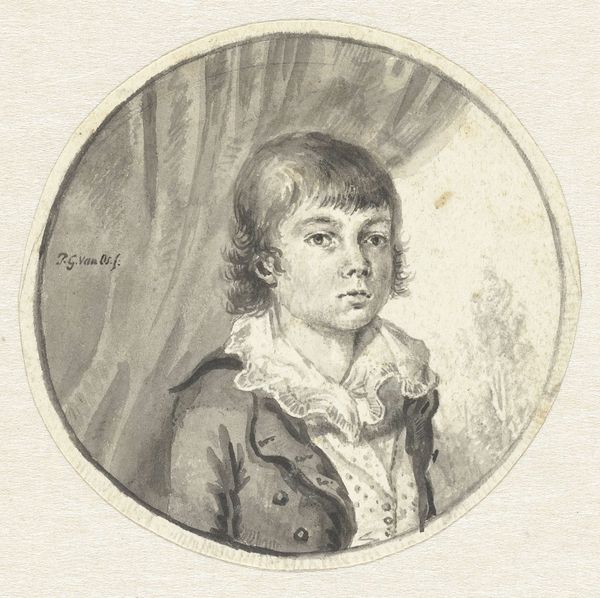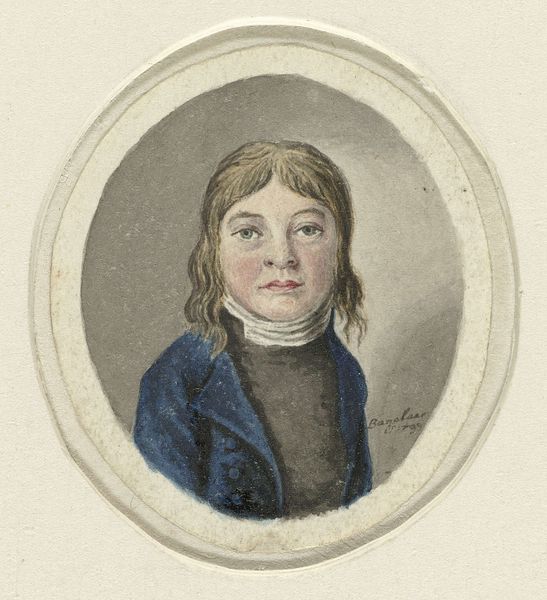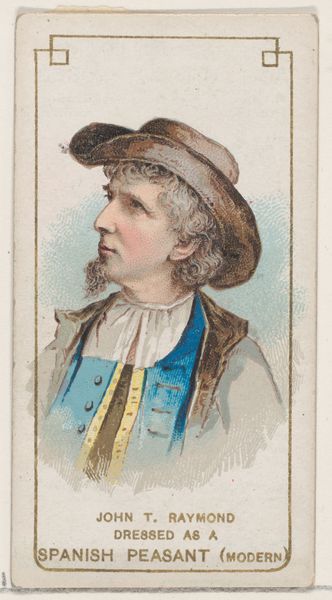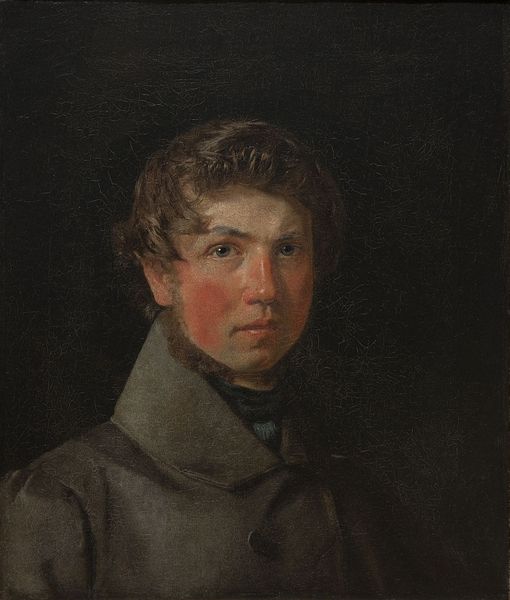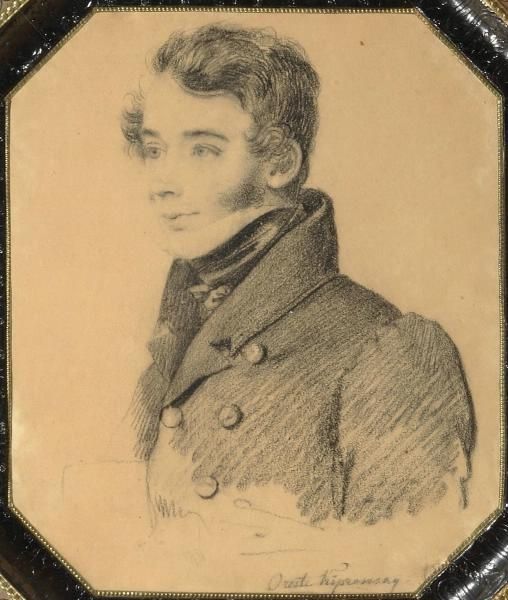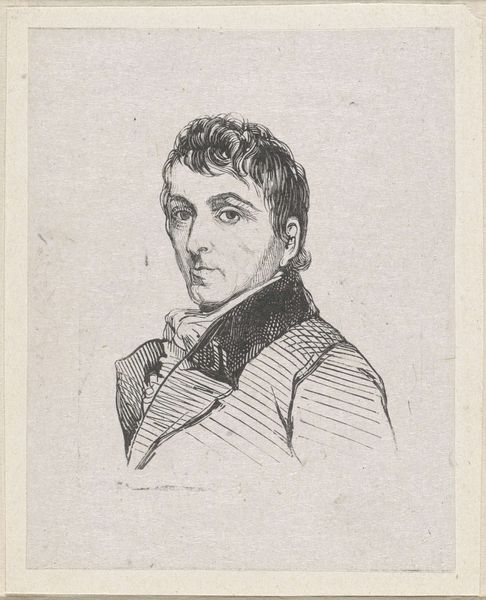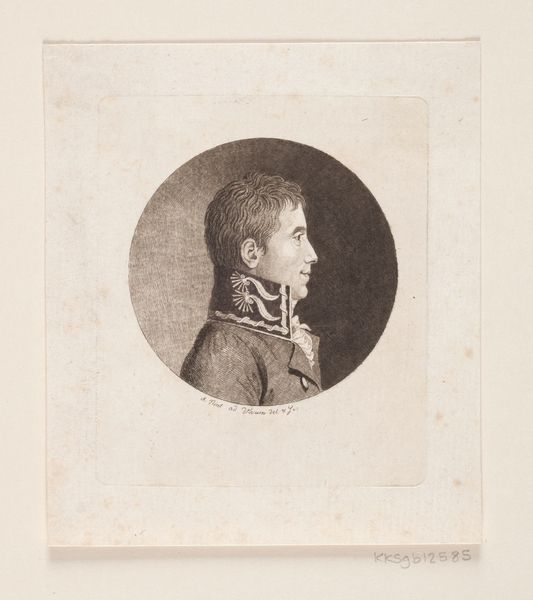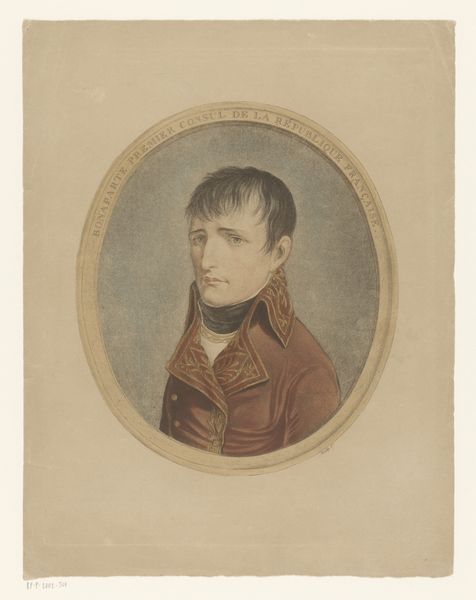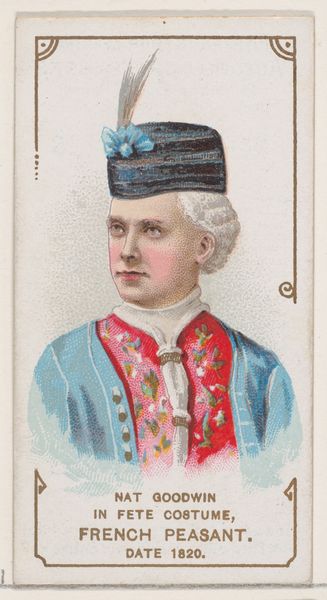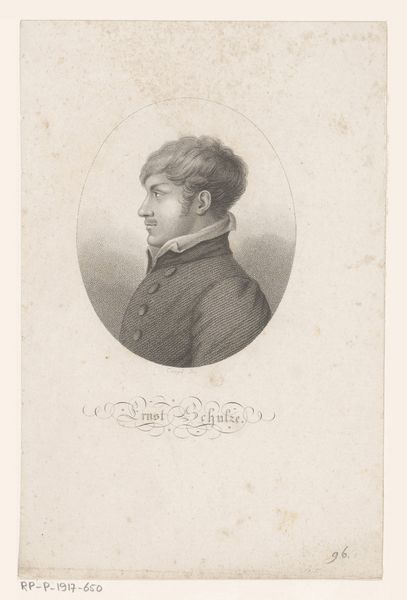
Jongeman in officierskostuum, driekwart naar rechts 1786 - 1839
0:00
0:00
painting, watercolor
#
portrait
#
painting
#
oil painting
#
watercolor
#
romanticism
#
watercolour illustration
#
portrait art
Dimensions: height 74 mm, width 64 mm
Copyright: Rijks Museum: Open Domain
Editor: So, we're looking at "Young Man in Officer's Costume, three-quarter view to the right," a watercolour by Pieter Gerardus van Os, dating sometime between 1786 and 1839. I'm struck by how delicate it is; it feels almost like a secret glimpse into someone's life. What stands out to you about this portrait? Curator: Well, seeing this miniature, I immediately think about the social function of portraiture during that era. Consider how access to art and its patronage shifted over time. Before photography became widely accessible, painted portraits, particularly miniatures like this, played a vital role in constructing and disseminating images of power and status. Editor: That makes sense. This young man is wearing a uniform, so presumably, he's part of the military or some other formal institution. Did the officer's uniform carry symbolic weight? Curator: Absolutely. Think about what the uniform represents: service, duty, perhaps even valor. These details weren't just aesthetic choices; they were carefully curated visual signals intended to convey particular messages about the sitter's identity and place in society. Notice how the soft brushstrokes and oval composition still lend this work a more human dimension than pure propaganda. The public display of the portrait solidified that person’s identity in relation to power. How was this different for women? Editor: That's fascinating. So, the painting is doing more than just showing us what he looked like; it's actively shaping his public image. This makes me think about how art can reinforce social structures. Curator: Precisely. The institutions of art – from the artist’s studio to where this was intended to be seen – contribute to these societal displays. What about that aspect grabs your attention? Editor: I hadn't really considered the social implications before, but looking at it through that lens, I can see how even a seemingly simple portrait can be a powerful statement about status and belonging. Curator: And that’s what I hope you can carry over in each gallery! Thank you for contributing.
Comments
No comments
Be the first to comment and join the conversation on the ultimate creative platform.
